Research Vision
“It’s kind of fun to do the impossible.”
— WED
“Impossible” is one of the most motivating words in organic chemistry. For conceptually avant-garde and seemingly bizarre chemical transformations are rarely truly impossible, the community just hasn’t figured out a creative way to bring them to fruition yet. Thus, identifying and seeking solutions to currently impossible reactions in synthetic chemistry can be a valuable thought experiment, as it inherently guides us to where innovation is necessary and forces outside-the-box thinking. The CRP laboratory takes much of its inspiration from imagining not only how to make such reactions possible, but ultimately, how to make them practical.
Broadly, through exploring unusual retrosynthetic disconnections and unveiling fundamental gaps in reactivity/selectivity series, we have envisioned C-C bond activation and C-O bond formation reactions that could establish unique platforms for catalysis and serve as an entryway into new chemical space. Additionally, we are highly interested in synthesizing and studying virtually unexplored (fluorinated) functional groups and/or new chemical entities for applications in medicinal chemistry, agrochemistry, and materials.
We take a synergistic approach to method development by integrating prominent elements of reagent design, synthesis, and in-depth mechanistic studies. Along the way, we are open to using any/all synthesis tools at our disposal (transition metal catalysis, main group chemistry, photochemistry, electrochemistry, etc.) in order to accomplish our goal of inventing fundamentally interesting science that is also useful in the real world.
By aiming for “impossible” at the outset, we are bound to find something remarkable along the way.
Innovation through a harmonious and self-sustaining approach to research in synthetic and physical organic chemistry.

